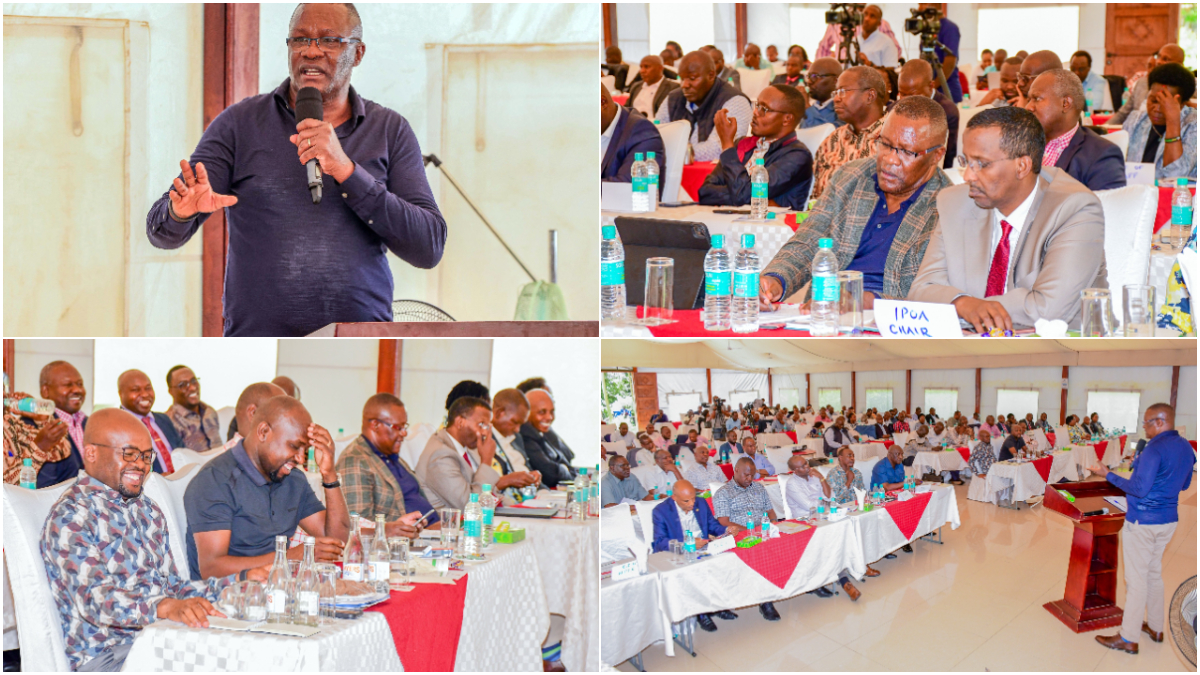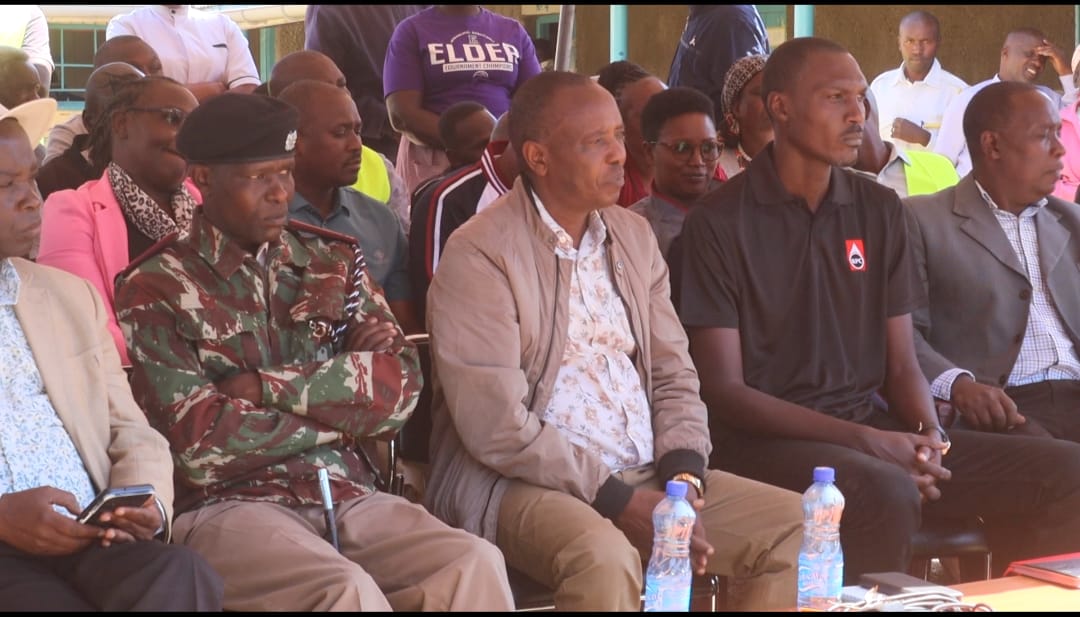The Nairobi County government has dispatched emergency response teams to assess and mitigate effects of Friday’s heavy downpour that led to flooding in some areas.
In a statement on social media, the city administration noted that the Disaster Management docket was already assessing extent of the damage caused by the rains.
“Nairobi County Rapid Response team led by Chief Officer Bramwel Simiyu is currently carrying out a joint County-wide assessment exercise with Red Cross/DMOs to establish the extent of the impact of last evening’s heavy rains,” read part of the statement.
Social media users shared videos of flooded roads, buildings causing traffic snarl-ups along most roads and stalled businesses.
“Some immediate interventions are already ongoing in some areas that have been hardest hit, such as Githogoro and Mukuru, as efforts to mobilize, consolidate, and deploy additional resources go on,” Nairobi County government added.
In September, Nairobi Governor Johnson Sakaja expressed confidence that his administration was adequately prepared ahead of El Nino.
In light of perennial flooding due to the poor drainage systems, Governor Sakaja stated that he had already hired 3,500 environment officers to clean up the city.
“The first and most important measure is the cleaning and draining of our drainages to avoid flooding. The recruitment of 3,500 environmental officers to clean and unclog the drainages goes a long way to ensure our preparedness for the El Nino rains,” he added.
However, following Friday’s flooding, residents were critical of Sakaja’s administration, questioning usage of funds set aside to mitigate effects of heavy rains.
This comes as the meteorological department announced that the ongoing heavy rainfall in certain parts of the country would be witnessed for the next seven days.
The department said that the southern regions will experience persistent heavy rainfall, while the North Eastern and North Western regions will remain dry.
“Heavy rainfall will persist from January 6th to 12th, 2024, in the southern regions, while the North-eastern and North-Western parts of Kenya will remain predominantly dry,” Kenya Met stated.
The Intergovernmental Authority on Development Climate Prediction and Applications Center (ICPAC) stated that a significant portion of the Horn of Africa is likely to receive heavy rains from January to March 2024, following a weather pattern similar to recent El Nino rains.











